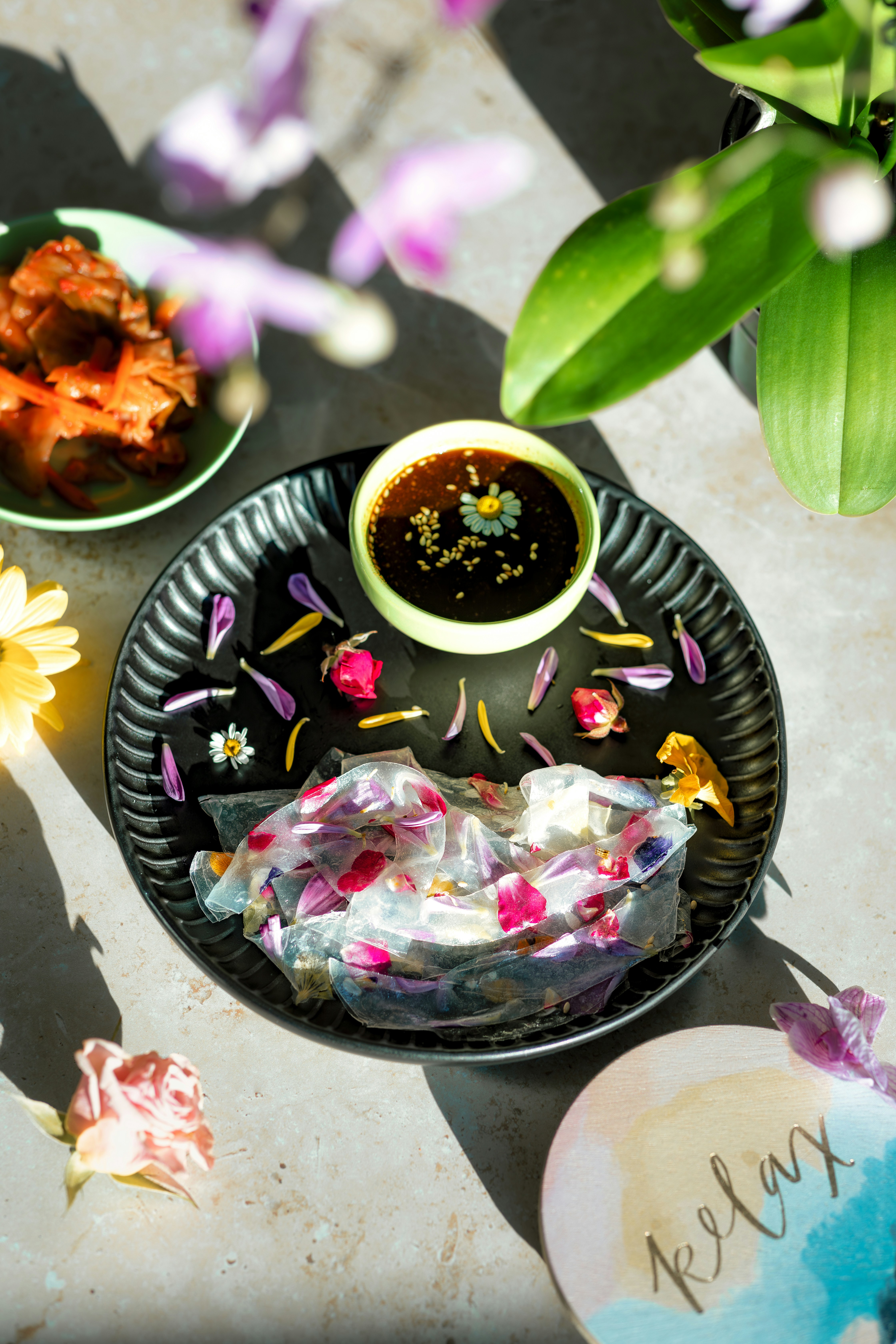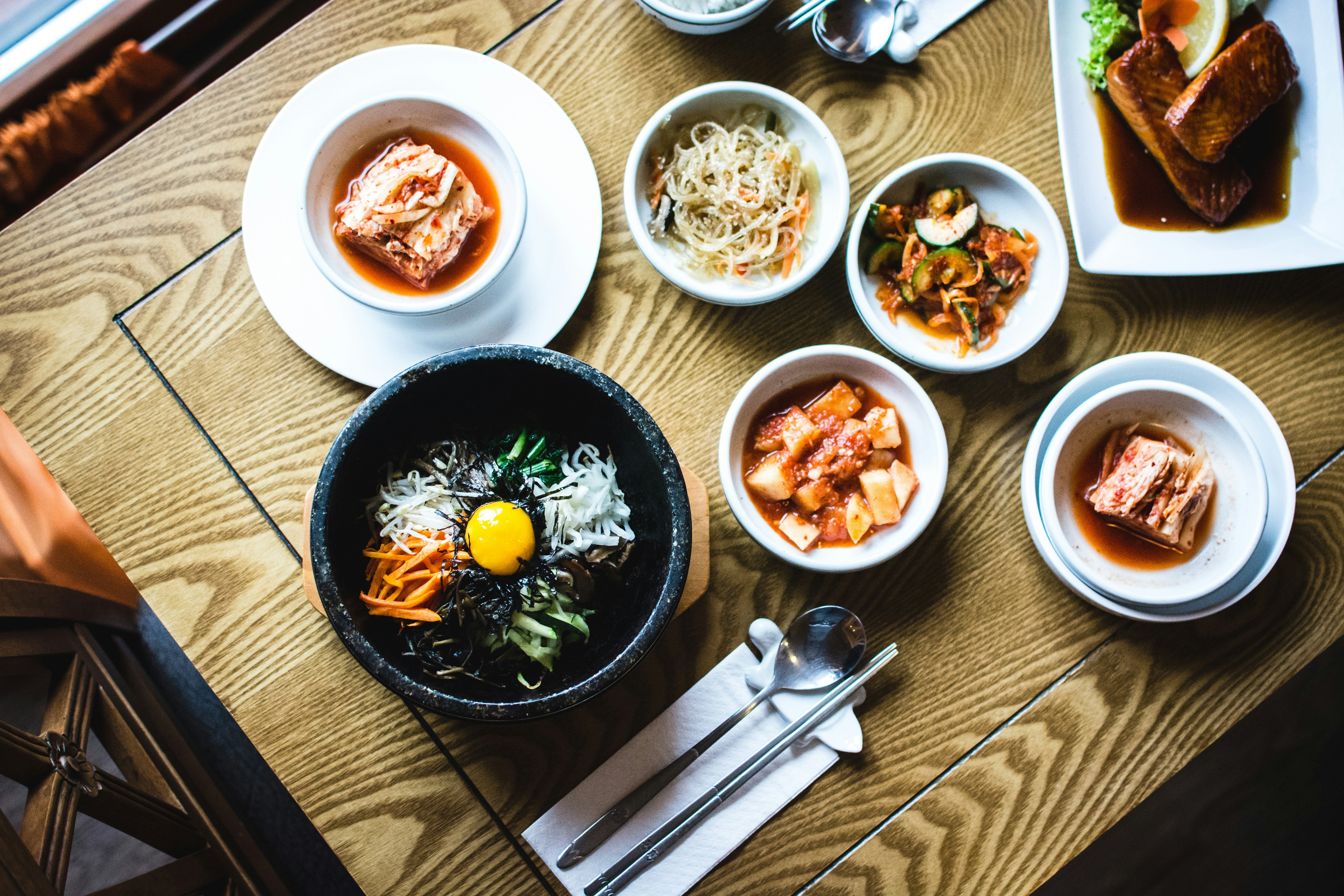Have you ever wondered what Korean dishes will set your taste buds alight if you’re a spice enthusiast? Korean cuisine is renowned for its bold flavors, often achieved through the masterful use of spices. Let’s dive into some must-try dishes that will satisfy your craving for heat while introducing you to the richness of Korean culinary traditions.
The Allure of Spicy Korean Cuisine
Korean cuisine is a vibrant mosaic of tastes, colors, and textures, and its spicy dishes are no exception. The foundations of these flavors are often built on chili peppers, garlic, ginger, and fermented ingredients, creating a spice profile that’s complex and satisfying.
Spice enthusiasts will find that Korean cuisine offers a delightful array of dishes capable of showcasing the depth and versatility of heat. Below, we’ll guide you through some of the must-try spicy dishes that Korean cuisine has to offer.
Kimchi: The Icon of Korean Spiciness
What is Kimchi?
Kimchi serves as the cornerstone of Korean culinary culture. It’s a fermented vegetable dish, usually made from napa cabbage and radishes, seasoned with chili powder, garlic, ginger, and fish sauce, among other ingredients.
Why It’s a Must-Try
For spice lovers, kimchi offers a perfect balance of tanginess and heat. Its fermentation process adds a sour note, enriching its complex flavor profile.
Variants of Kimchi
| Type | Description |
|---|---|
| Baechu Kimchi | Made with napa cabbage; the most common type of kimchi. |
| Kkakdugi | Cubed radish kimchi; a bit crunchier and often spicier than Baechu kimchi. |
| Oi Sobagi | Stuffed cucumber kimchi; typically lighter and fresher, but still packs a punch. |
Tteokbokki: The Spicy Rice Cake Dish
What is Tteokbokki?
Tteokbokki is an immensely popular street food in Korea. It features chewy rice cakes drenched in a spicy, sweet red chili sauce made from gochujang (Korean chili paste).
Why It’s a Must-Try
The combination of the chewy texture of the rice cakes and the spicy, savory sauce makes Tteokbokki irresistibly good. It’s often garnished with boiled eggs, fish cakes, or green onions for added flavor and texture.
Variants of Tteokbokki
| Type | Description |
|---|---|
| Gireum Tteokbokki | Pan-fried rice cakes in spicy oil; tends to be less saucy and more aromatic. |
| Rose Tteokbokki | A creamier, less spicy version featuring a mix of gochujang and cream sauce. |
| Gungjung Tteokbokki | A non-spicy royal court version using soy sauce instead of gochujang. |
Buldak: The Fire Chicken
What is Buldak?
Buldak translates to “fire chicken,” a befitting name for this blazing dish made of chicken marinated in an intensely spicy sauce.
Why It’s a Must-Try
The heat level in Buldak is off the charts, making it a true test for any spice enthusiast. It’s often served with melted cheese to balance the extreme spice, but don’t let that fool you—the heat is still relentless.
Popular Additions
Commonly, Buldak is paired with:
- Melted cheese: Helps to dampen the fiery intensity.
- Rice cakes: Adds texture and helps in absorbing the sauce.
- Green onions and sesame seeds: Provides a light, fresh garnish.
Maeuntang: The Spicy Fish Stew
What is Maeuntang?
Maeuntang is a traditional Korean fish stew that’s seasoned with generous amounts of gochugaru (Korean chili flakes) and gochujang, along with other vegetables.
Why It’s a Must-Try
This dish offers a delightful mixture of spiciness and umami, making it a unique option for seafood lovers who crave heat. Each spoonful is a burst of flavors that combine the freshness of fish and the rich, spicy broth.
Key Ingredients
| Ingredient | Role Contributed |
|---|---|
| Fresh fish | Adds a delicate, natural sweetness and robust flavor. |
| Vegetables | Commonly includes radishes, zucchini, and enoki mushrooms. |
| Tofu | Optional, but absorbs the flavorful broth exceptionally well. |
Bibim Naengmyeon: The Spicy Cold Noodle Dish
What is Bibim Naengmyeon?
Bibim Naengmyeon consists of buckwheat noodles served cold, mixed in a spicy and tangy red chili paste-based sauce.
Why It’s a Must-Try
This dish is perfect for hot summer days when you still want to enjoy something spicy. The cold, chewy noodles paired with the spicy, sweet, and tangy sauce create a refreshing yet fiery experience.
Common Accompaniments
| Accompaniment | Description |
|---|---|
| Julienned cucumber | Adds crunch and a refreshing coolness. |
| Hard-boiled egg | Provides a creamy contrast to the spiciness. |
| Sliced fruits | Sometimes pear or apple slices are added for extra sweetness and texture. |

Sundubu Jjigae: The Silken Tofu Stew
What is Sundubu Jjigae?
Sundubu Jjigae is a hearty stew made with silken tofu, vegetables, sometimes meat or seafood, and prominently featured gochujang or gochugaru to bring the heat.
Why It’s a Must-Try
This dish offers a comforting spiciness combined with the smooth texture of silken tofu, making it a soothing yet fiery meal. The hot broth is perfect for cold days or when you need something nurturing but spicy.
Serving Tips
Always serve Sundubu Jjigae steaming hot, often directly in the earthenware pot it’s cooked in, to maintain its temperature and enjoy its rich flavors at their peak.
Kimchi Jjigae: The Kimchi Stew
What is Kimchi Jjigae?
Kimchi Jjigae is a classic Korean stew that features kimchi and other ingredients like pork, tofu, and vegetables cooked together with a spicy seasoning.
Why It’s a Must-Try
Kimchi Jjigae combines the already flavorful kimchi with additional spices and ingredients, resulting in a hearty stew with layers of spiciness. It’s a comforting yet bold dish that embodies the essence of Korean food.
Key Ingredients
| Ingredient | Role in the Dish |
|---|---|
| Ripe kimchi | Adds depth and a robust, tangy flavor. |
| Pork belly | Brings a savory richness that complements the spicy, tangy broth. |
| Tofu | Absorbs the flavorful broth and adds a soft texture. |

Dakgalbi: The Spicy Stir-Fried Chicken
What is Dakgalbi?
Dakgalbi is a popular stir-fried chicken dish that’s marinated in a spicy gochujang-based sauce before being cooked with vegetables like sweet potatoes, cabbage, and perilla leaves.
Why It’s a Must-Try
The spicy marinade in Dakgalbi melds with the various vegetables, creating a symphony of flavors and textures. It’s a great dish for sharing and often cooked at your table, making the dining experience interactive and fun.
Cooking Tips
Dakgalbi is best cooked on a hot plate at your table. Serve it with lettuce leaves to wrap the spicy chicken and vegetables, which adds a refreshing crunch and mildness to balance the spice.
Samyang Spicy Noodles: The Instant Noodle Challenge
What is Samyang Spicy Noodles?
Samyang Spicy Noodles, or Buldak Bokkeum Myun, are instant noodles known for their extreme spiciness. They became famous through various online spicy food challenges.
Why It’s a Must-Try
For those who love to test their spice tolerance, these noodles are a must. They offer a significant kick that continues to build the more you eat, engaging you in an addictive cycle of pain and pleasure.
Pro Tip
Pair these noodles with a cold drink or milk to help manage the intense heat. Also, adding some cheese can mellow out the spicy onslaught just a bit.
Jjampong: The Spicy Seafood Noodle Soup
What is Jjampong?
Jjampong is a Korean-Chinese fusion dish that features noodles in a spicy seafood broth, loaded with mussels, squid, clams, and various vegetables.
Why It’s a Must-Try
The spice level of Jjampong is intense but perfectly balanced by the fresh seafood and chewy noodles. This dish provides a rich, hearty experience that is both spicy and deeply satisfying.
Key Ingredients
| Ingredient | Description |
|---|---|
| Seafood | Commonly includes clams, squid, and mussels, offering fresh ocean flavors. |
| Noodles | Chewy noodles add texture and soak up the spicy broth beautifully. |
| Vegetables | Often includes cabbage, onions, and mushrooms for additional flavors and textures. |
Frequently Asked Questions
Is Korean spicy food suitable for everyone?
While Korean spicy food can be incredibly flavorful, its heat may not be suitable for everyone. It’s always best to start with milder dishes and gradually increase the spice level according to your tolerance.
How can I reduce the spiciness of a dish?
To reduce the spiciness, you can add dairy products like cheese or milk, which help neutralize capsaicin—the compound responsible for heat in chili peppers. Also, incorporating more vegetables or rice can dilute the intensity.
Are there any vegetarian spicy Korean dishes?
Yes, many spicy Korean dishes can be made vegetarian by omitting meat or seafood. For instance, you can enjoy vegetarian Kimchi, Bibim Naengmyeon, and Sundubu Jjigae with vegetable-based broths and ingredients.
Conclusion
If you’re a spice enthusiast, Korean cuisine offers an exciting world of flavors waiting to be discovered. From the universally loved Kimchi to the fiery challenge of Samyang Spicy Noodles, there’s something to satisfy every level of spice tolerance. So, why not broaden your culinary horizons and dive into the spicy delights of Korean food?
Embrace the heat, relish the flavors, and let these must-try dishes take you on an unforgettable gastronomic adventure. Enjoy your spicy journey through Korean cuisine!


